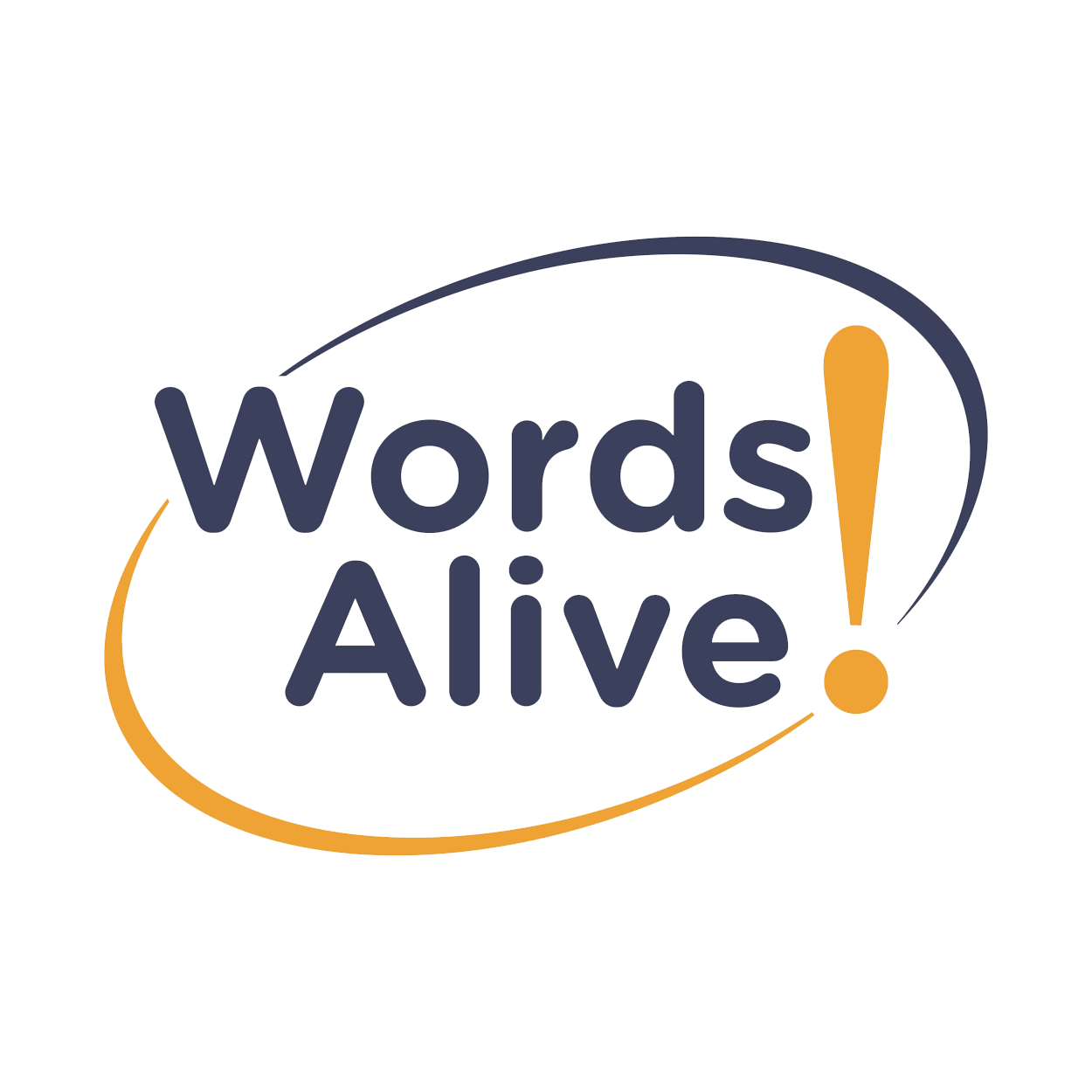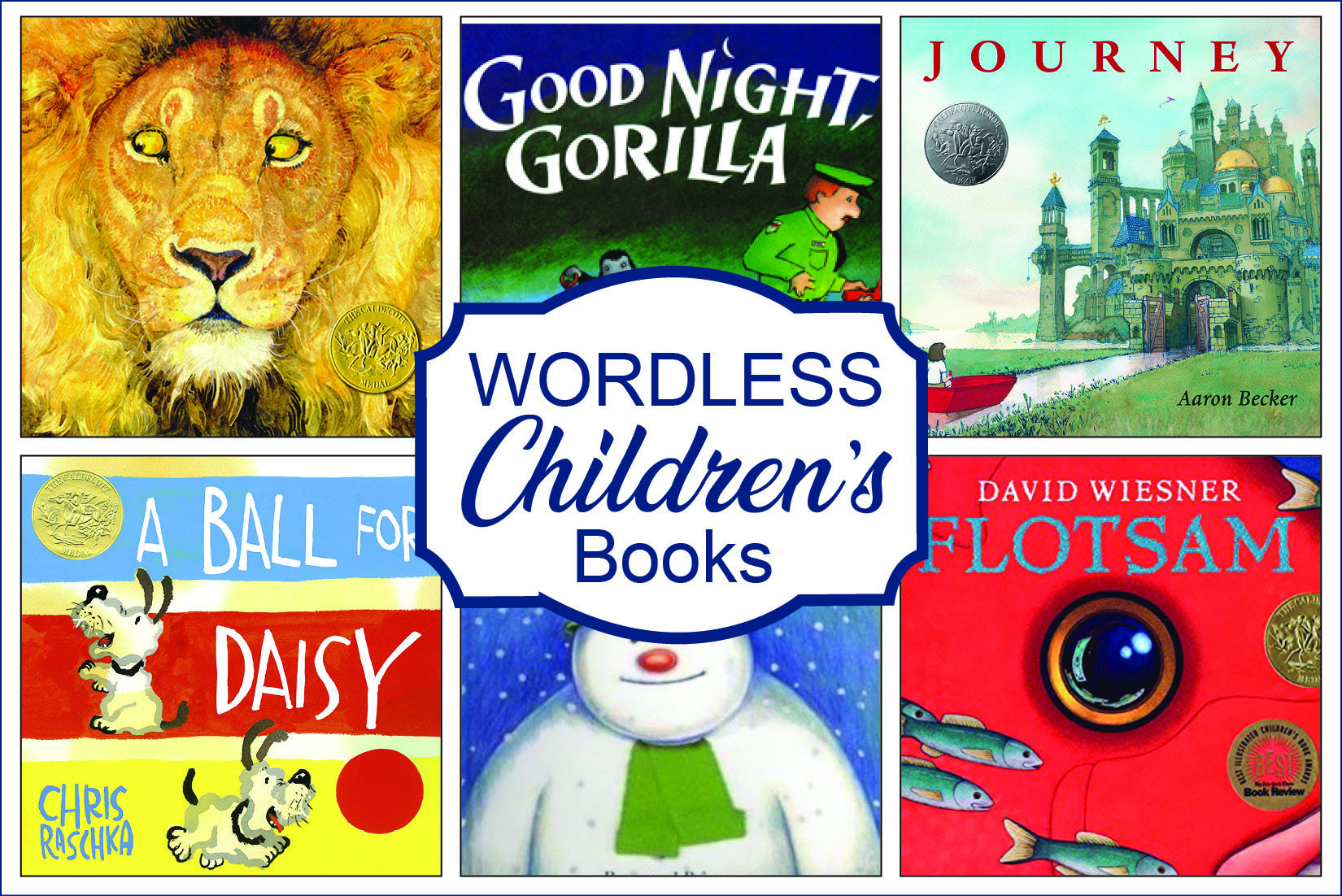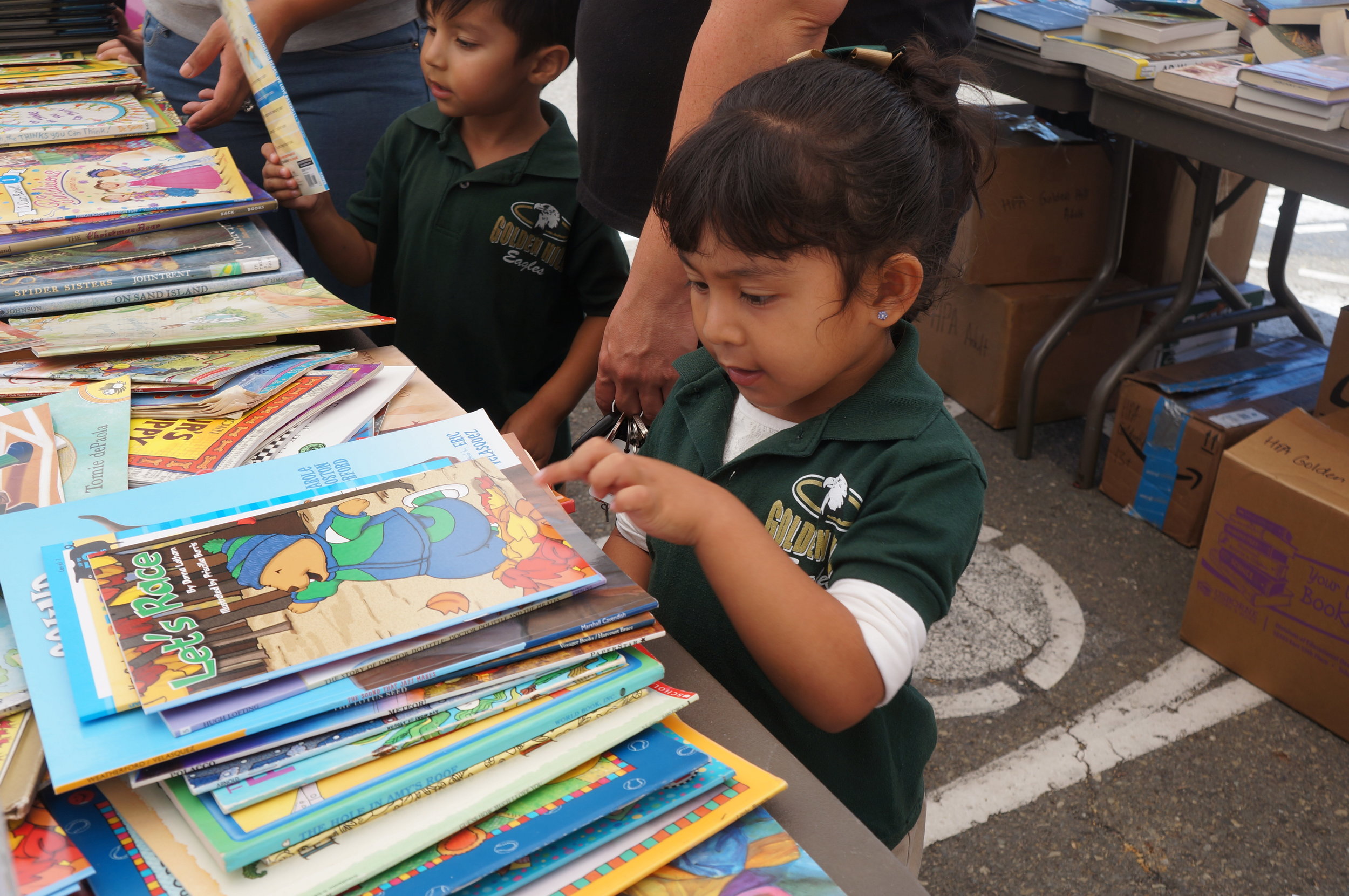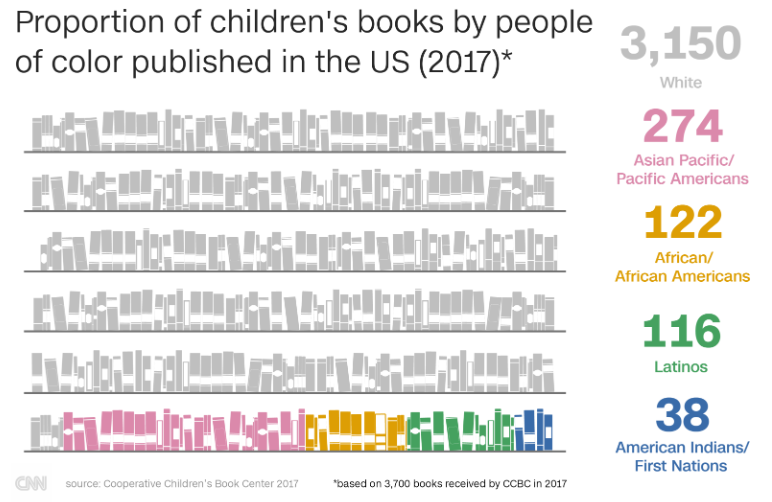By Jennifer Van Pelt
An image from our Champions for Youth Read Aloud event. A group of students stare intently at a book that is being help open by a member of the PGA Wives Association.
Scholastic recently published their bi-annual report on reading aloud. The report focused on the prevalence of reading aloud in the home, at what age this is most common, and the implications of the study.
The Rise of Read Aloud: Summary
When the study was first conducted in 2014, the percentage of babies younger than 3 months old who were read aloud to was 30%. Four years later, this has increased to 43%. Additionally, the percentage of children younger than one year who are read to has increased from 73% to 77% in 2018. It’s noted that this study began the year that the American Academy of Pediatrics began encouraging parents to read to their children beginning at birth. Despite the possible reasons behind why there has been a rise in the number of children who are read aloud to, it is a positive trend that helps to prepare babies and young children with language skills that will be important in their lives.
When asking the parents and children about how much they enjoy the reading aloud experience, the trend is also positive, with over 80% of children and parents rating read aloud time as something they “love” or “like a lot”. Several different benefits of the read aloud experience were referenced by the survey participants, from activities such as picking out the books to the talking and laughing that the whole family gets involved in. Asking questions and making sound effects are also part of the read aloud experience that is measured in the study, as these are positive actions for both the reader and audience to participate in.
Where the Opportunities Remain
The study shows that the practice of reading aloud peaks at the age of five, lessening around the time that the child enters kindergarten and can read on their own. However, at this age there is still much to learn in terms of vocabulary, writing styles, and plot. The article points out that continuing to frequently read aloud beyond this point is a key factor in predicting whether or not children ages 6-11 will be frequent readers (which we knows leads to better educational and social outcomes).
Lower-income families with children ages eight and under read aloud less frequently; 39% of families with household incomes less than $35,000 read aloud to their children 5-7 times a week compared to 62% among families with incomes of $100,000 or more. Lower-income families with kids ages five and under are also less likely to have received information on the importance of reading aloud from birth.
At Words Alive, we understand the importance of reading aloud, and in fact have a whole program dedicated to helping children become lifelong readers by participating in engaging read aloud session with our volunteers. Also, our Family Literacy Program focuses on educating participants about why reading is an important family activity. If you would like to learn more about our programs, click here.
Read Scholastic’s full study here: https://www.scholastic.com/sites/readaloud/















